Despite being the second most populous country at 1.38 billion, the 2022 Global Gender Gap Index ranks India a mere 135 out of 146 countries for gender equality. The World Economic Forum, which publishes the Global Gender Gap report, notes that India’s score of 0.629 is its seventh highest in the past 16 years.

The ranking implies that it will take 132 years for the country’s 662 million women to reach gender parity. The Index considers the lifestyle and experiences of women in areas such as health and survival, economic participation and opportunity, educational attainment, and political empowerment. Thus, over a century may not seem like such an absurdly long time for the country to reach full equality in such substantial sectors.
Health and Survival
India comes up last out of the 146 countries in Health and Survival. At the core of this statistic lies culturally ingrained beliefs about women’s role in family life. According to a study led by the Pew Research Center, nine out of ten concur that wives must obey their husbands.
This misogynistic mindset begins at the wedding. The dowry system, or the payment from the bride’s family to the groom, often delegitimises the financial authority of women in the household. The system can prove harmful to the bride if the groom deems the sum inadequate.
“India’s poor economic climate and its culture of arranged marriages often lead to husbands abusing their wives for a larger dowry.”
Along with honour killings-the murder of a family member who “has brought dishonour” to the family-rape, domestic violence and issues regarding dowries are also escalating. The National family health survey reports that 27% of women above fifteen have experienced physical violence in some way.
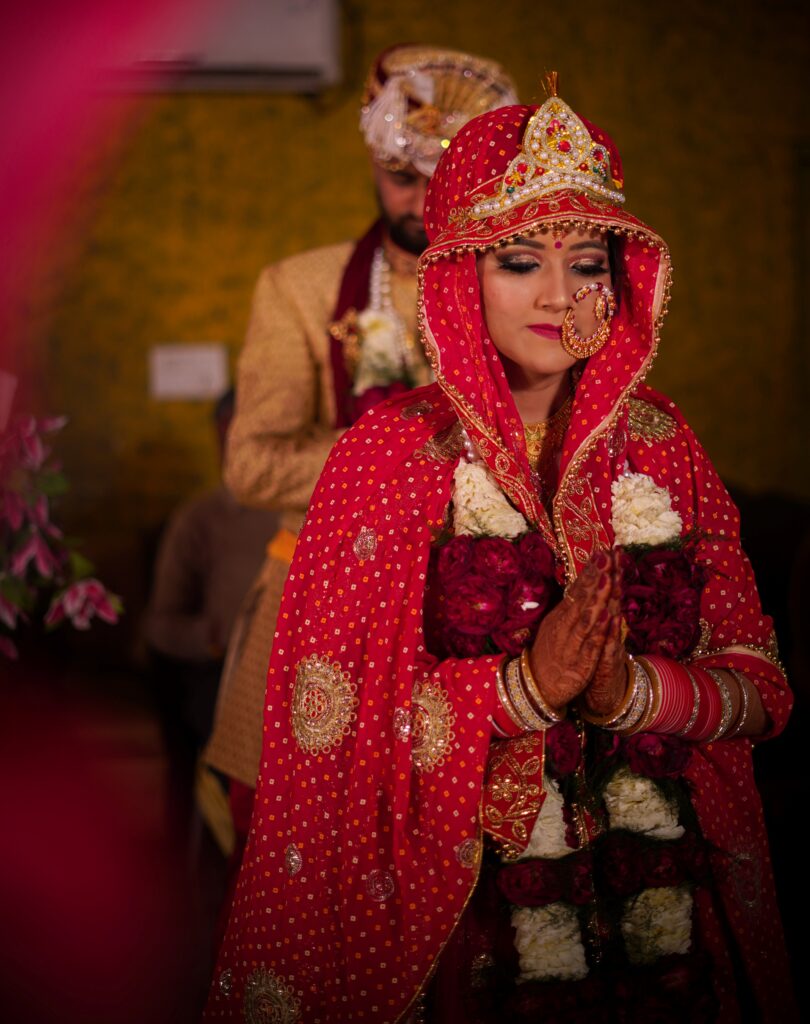
Outside the household, city life includes many dangers for women. A 2017 report by the Global Peace Index revealed that India was the fourth most dangerous country for solo female travellers. Rape is at the top of the list of threats facing women.
Figures from India’s National Crime Records Bureau report that over 28,000 cases of sexual assault against just minors occurred in 2020. Extreme measures often accompany such tragic numbers. For instance, in February 2021, the Chief Minister of Madhya Pradesh implemented a program where women living alone must register at the local police station to track them for their safety.
“Women in India are constantly faced with an appalling choice, either strip off their freedom or live in fear.”
The countless women that have experienced and filed rape cases often face abysmal conditions. First, the Bombay high court decreed that groping a minor without ‘skin-to-skin contact’ does not classify as sexual assault. This afflicts women in multiple aspects, from advocating for their rights to their mental health. The cases that do satisfy their parameters of rape come across with the question. “Are you willing to marry her?” to the rapist. The revolting notion that the solution to assaulting women is marriage completely disregards women’s health, safety, and value.

Economic Participation and Opportunity
Women are often left behind when it comes to the economy. While Indian GDP has grown by 8.95%, the female labour force has declined from 34% to 27%. Again, this is rooted in family values regarding women in the workforce and the lack of opportunities made available to women.
The wage gap between males and females stretches over 50%, with 27% for white-collar jobs. Indian women are extremely financially disadvantaged compared to a wage gap of 9.8% in Sweden, which ranked fifth in the GGG index.

The recent figures portray that the wage gap has started decreasing. However, both the income of men and women have regressed, not just that of men. It is just that men’s income decreased to an extremer extent than women’s. Thus the increase in female revenue is a mere illusion.
The reduction in income is only one ramification that the Covid-19 pandemic had on female economic participation. What many describe as a “recession” has impeded women’s productivity, primarily because much of the female workforce belong to industries that have “borne the brunt of the recession”, such as retail and hospitality.
Chief Executive Officer at Fidelity International Anne Richards reported at a discussion at the World Economic Forum that “the pandemic recession has hit women harder than the 2009 financial crisis.”
Gender Disparity in Education
A mere 13% of all Indian women continue education past primary school. Only 1% of women have a college-level education. Moreover, the literacy rate among females has levelled at 65.46%.
Although the statistics on men’s education do not stray far from these numbers, the substandard education rates among women, in general, result from various influences obstructing them from higher education. Poverty, violence, and the belief that a family should not educate women are the vanguards against their education. Instead, girls are often kept at home to learn the ins and outs of running a household to prepare for their future and help take care of younger siblings.
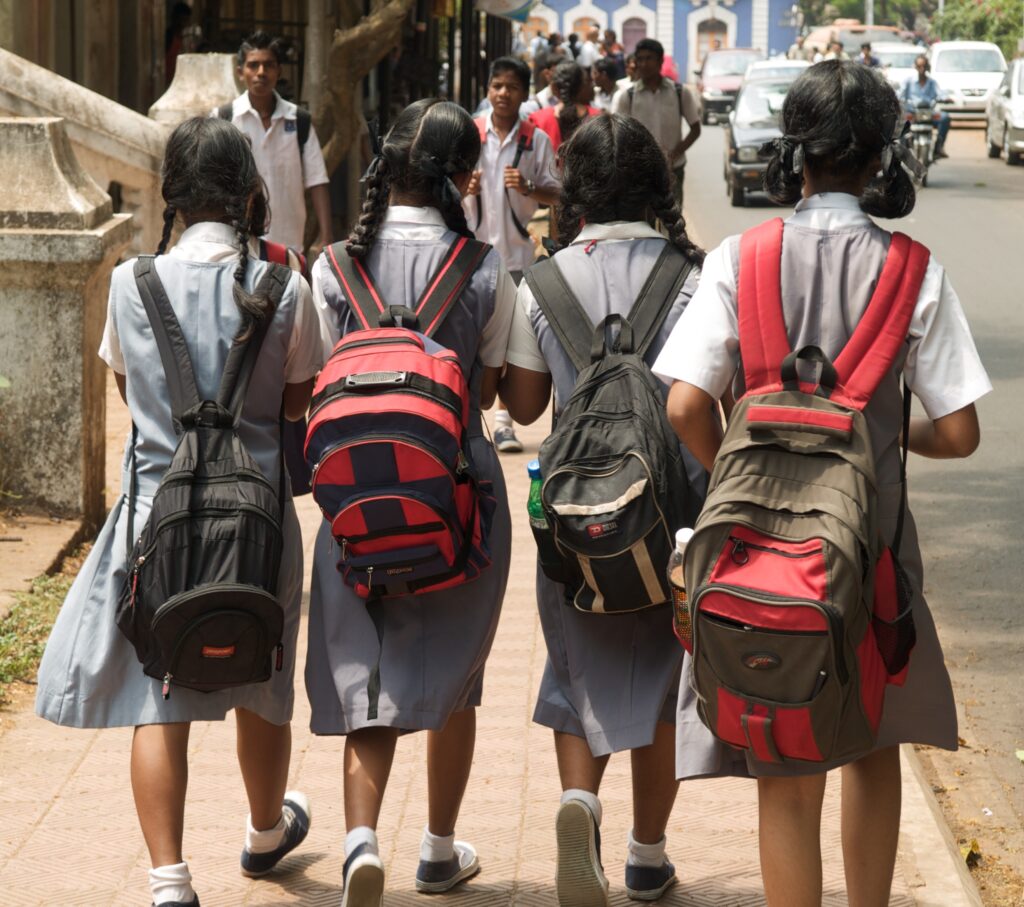
Their abysmal education paves the way for higher fertility rates and a lack of female participation in society. It solidifies the inability of women to advocate for themselves fully and inflames issues such as an extreme population rate, poor health, and a lack of economic growth.
Gender Gap in Political Participation
India’s -0.01 score in the Political Empowerment section of the GGG index should suffice in painting the picture of women’s role in politics. Jayakumari Devika, a Keralan women’s rights activist and social critic, explains that “politics is often seen as a male bastion, and women are discouraged from entering it on the pretext that it is not a ‘feminine’ profession.”
According to the Association of Democratic Reforms (ADR) and National Election Watch (NEW), female candidates account for less than 10% of over 50,000 candidates in federal and state elections. This is irrespective of the fact that more than half of men in India agree that “women and men make equally good political leaders.”
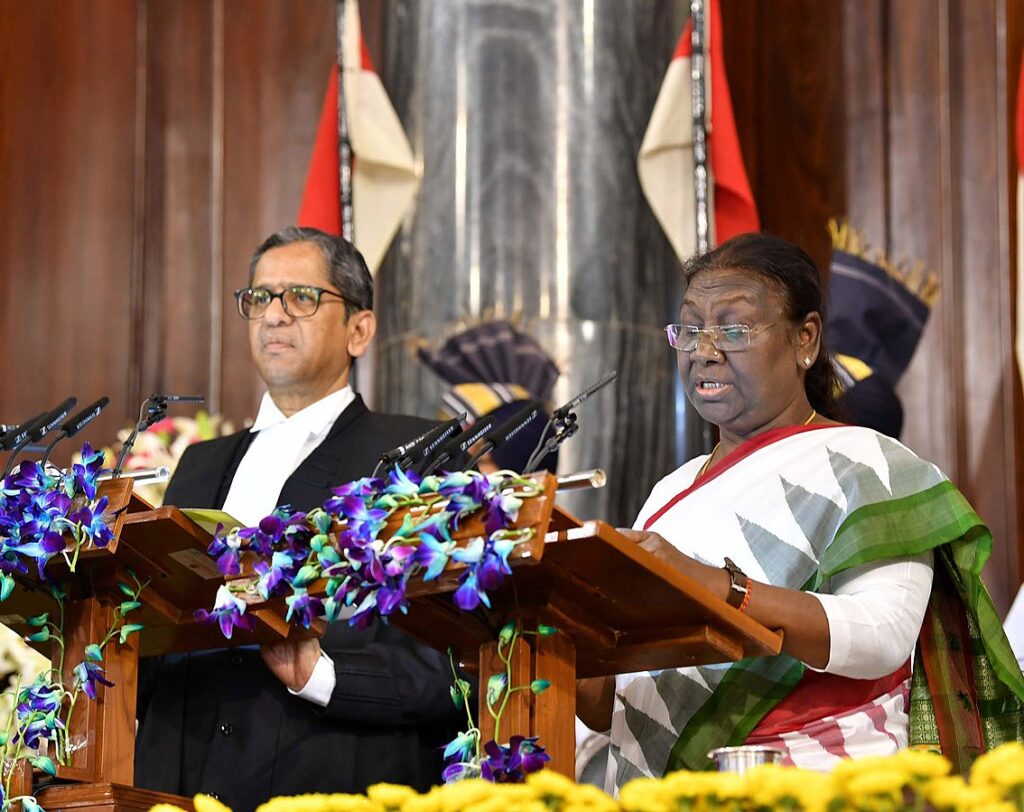
So what exactly holds women back from entering positions in politics? A 21-year-old female councillor elected to the city corporation of Chennai city in Tamil Nadu state, the youngest who ever filled that position, plainly states, “men in politics still do not want to take orders from women.”
Furthermore, maintaining the role of a female politician is not an easy feat. Often, a lack of female restrooms in the workplace results in many elected candidates dropping out. This abhorrent phenomenon not only thwarts the experience of female politicians but solidifies a system that overall hinders the numbers of women in politics.
Those who do run for office face many obstacles. A female politician has highlighted that female candidate are often seen as a “namesake” for their husbands and family. Many women pursuing politics hardly get powerful positions, decision-making abilities, or the chance to participate in elections.
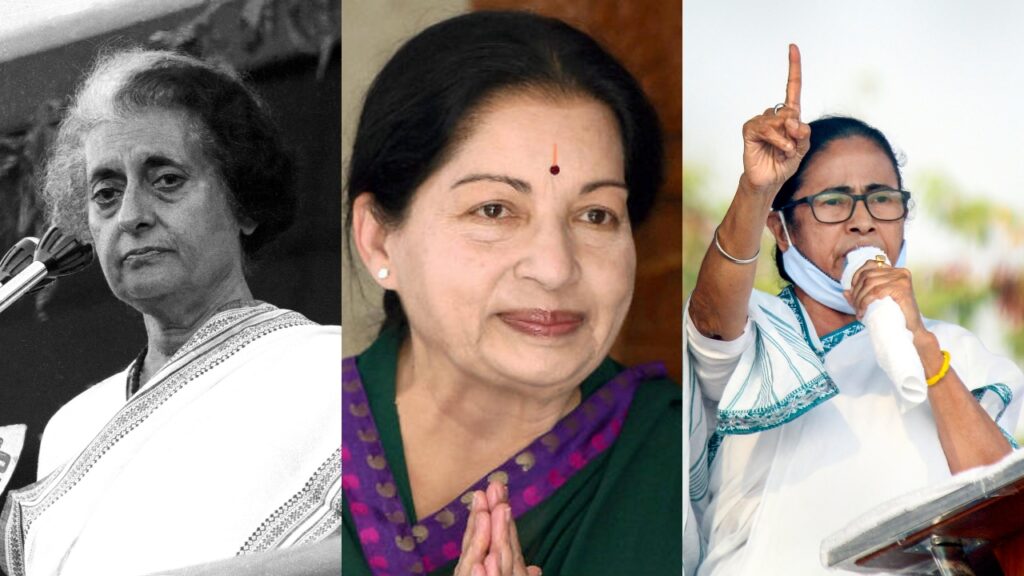
The three women are among the most prominent female politicians India has ever seen.
As a result, the number of female ministers regressed from 23.1% in 2019 to 9.1% in 2021. This is an extreme backpedal in the fight to politically empower women, especially in a society that constrains women to roles that require “care and compassion.”
A Long Road to Bridging the Gender Divide
India’s composite ranking of 130 in Gender Equality obstructs the well-being of not just women but the entire population. The country is currently devoid of the contributions that women could be making to salient industries such as healthcare, finance, government, and social work. If the country does not soon create a safer and empowering environment for women, India will never see the growth it needs to ameliorate living standards and economic productivity.
Studies have found sexism to be “prejudice marked by a deep ambivalence” rather than complete antipathy toward women. Thus, while men may initially resent gender roles being challenged, in most cases throughout history, society adjusts to include both men and women in such roles.

Amina Mohammed, United Nations Deputy Secretary-General, recommends enhancing women’s leadership opportunities and decision-making abilities to increase their societal standing. Similarly, a policy established by a village-level government that ensures women take on one-third of local leadership greatly enhanced female involvement in the community.
However, another woman’s rights policy that strives to equalise the inheritance between sons and daughters has received a less assuring response. Although it engendered stronger education rates among women and increased the average age of marriage, it also escalated marital conflict and violence.
Way Forward
Changing the role and environment of women in a country with a diverse range of cultures and a population of over a billion people will not be easy. A culture that has endured over thousands of years must advocate and work toward gender equality. However, considering all that India has overcome through the centuries, equality between men and women is very much possible. Each small step towards gender equality and female empowerment will significantly impact us, so let us fight together to make the change we deserve.
You may also like:
About the Author

My name is Alara and I am a high school junior at the Trevor Day School in Manhattan. I am the leader of various clubs, including Model UN, the admissions team, and community service clubs. I value hard work, education, optimism, and ambition. Passionate about international relations, environmental science, journalism, and economics, I hope to make an impact in these sectors during my internship at The International Prism.



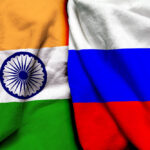



[…] You may also like: India in the Global Gender Gap Index 2022 […]
[…] India in the Global Gender Gap Index 2022 […]